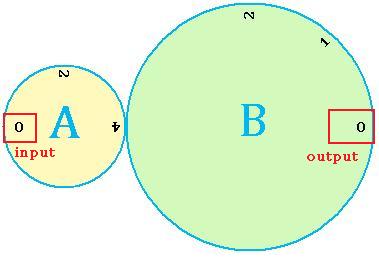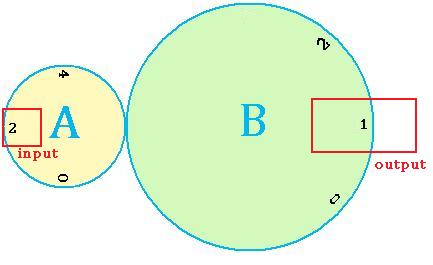There’s hardly anything as conflicting as tastes, especially subconscious tastes that vary on a monthly cycle and alternate with circumstance. In honour of Valentine’s Day, we shall explore the theme of indecision in female mate selection, featuring the wonders of the pill.
To begin, attraction in females shifts between when she’s ovulating and not.
While in the fertile throws of follicle phase, females generally prefer a male with manly features and high testosterone levels, as well as a dissimilar Major Histocompatibility Complex (MHC). MHCs are linked to immunity, so humans naturally seek to diversify for maximum heterozygosity and variation. A fun fact, while fertile, girls in relationships are also known to develop a taste for dominant smelling men.
Most of the time though, women are not in fertile mode, and in these circumstances tend to fall back on men who have a similar MHC to themselves. They also favour men who are less masculine and more nurturing and supportive, especially if they live in a healthy environment.
Based on these natural cycles, we can see how there might be some conflict of interest depending on what day it is.
Sometimes, one doesn’t even need cycles to complicate things. While single, girls have an increased preference for MHC similar men, but then have dissimilar MHC preference when they’re already with someone. If that’s not enough, these changing preferences of MHC make a huge impact as scent is much more emphasized in importance with women rather than men. Occasionally, scent can even be at odds in importance with visuals though it varies on the population and culture.
That said, a person’s heterozygosity of their MHC can be sensed through the inspection of facial features. While females favour as much heterozygosity as possible, they seem to be attracted to those with similar MHC as well.
So, visuals conflict with olfactory cues? Awesome.
Now what about the pill? Surely this fabulous contraption of contraception must simplify things no? Well, sort of.
” The Pill adds some consistency, whereby everyday is non-fertile day. It’s more or less a fake pregnancy that replaces the possibility of a real one, and this causes women to go into “find a nurturing, similar man phase.” It’s without any surprise then that women on the pill have a marked preference for MHC similar men that totally overrides any ambition for seeking a dissimilar partner.
The Pill adds some consistency, whereby everyday is non-fertile day. It’s more or less a fake pregnancy that replaces the possibility of a real one, and this causes women to go into “find a nurturing, similar man phase.” It’s without any surprise then that women on the pill have a marked preference for MHC similar men that totally overrides any ambition for seeking a dissimilar partner.
Consistency? Fabulous! What’s the catch?
But don’t worry, there are some positives. Those that meet their partner on the pill have more satisfaction with their partner in non-sexual ways, have happier relationships with more emotional satisfaction, and have relationships that last 2 years longer on average.
So really no matter what, it’s a mess of matter of preference. Just have a preference for the mess that you prefer.





















